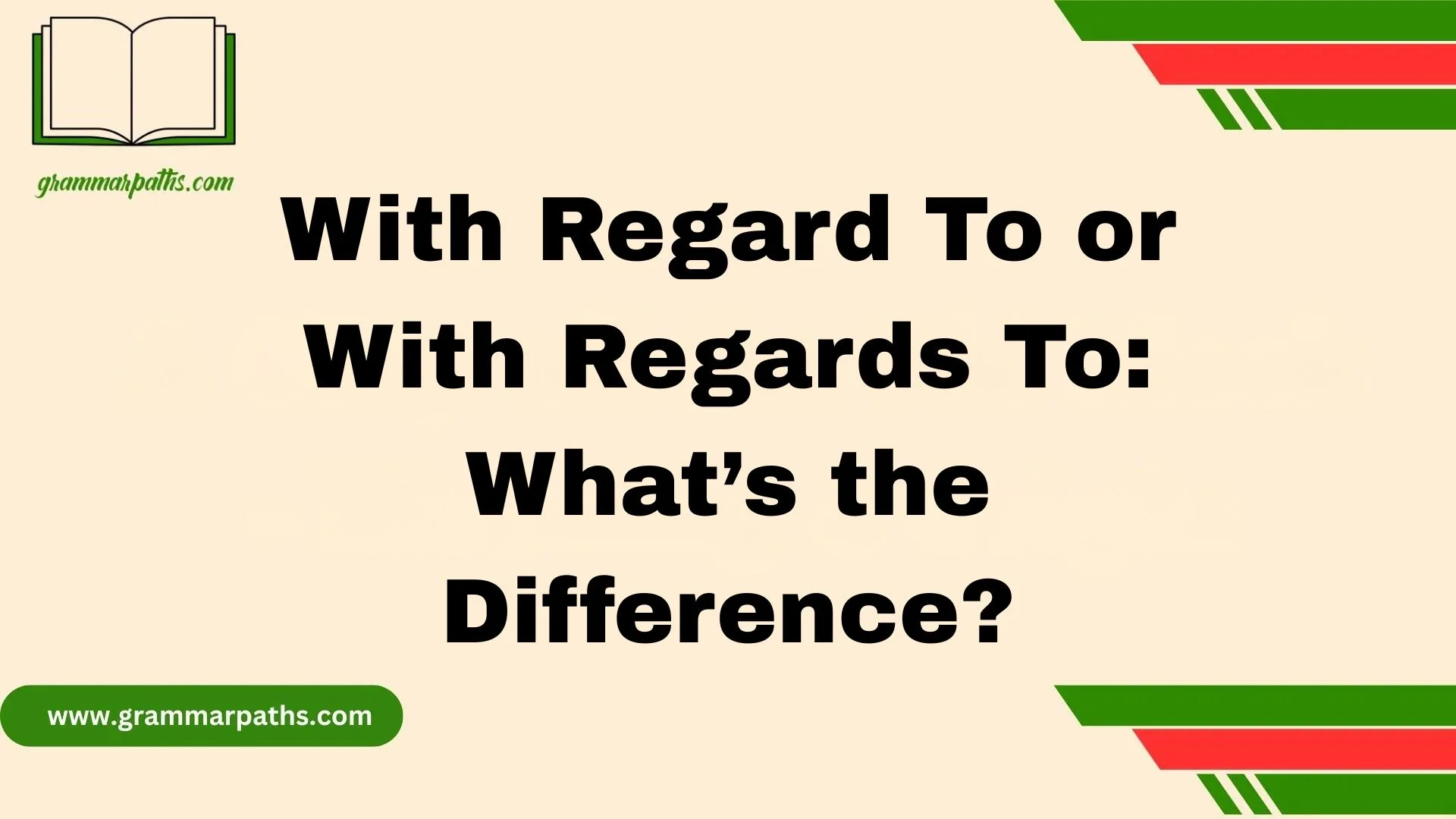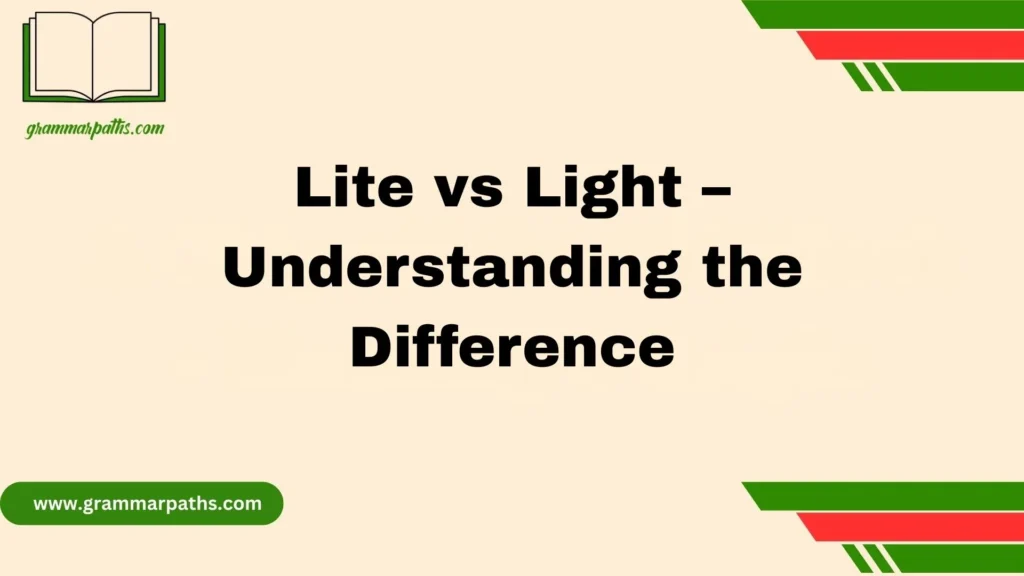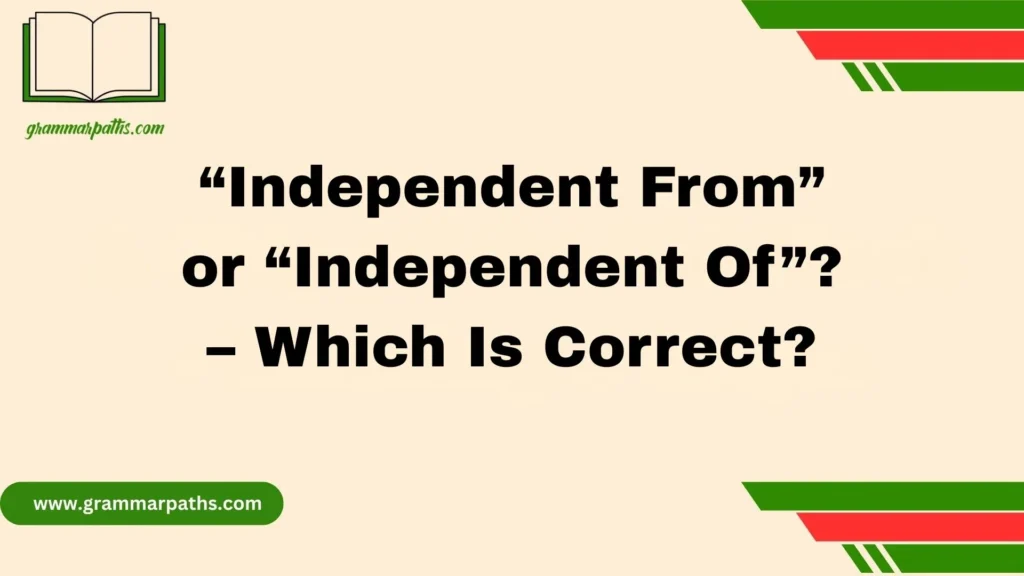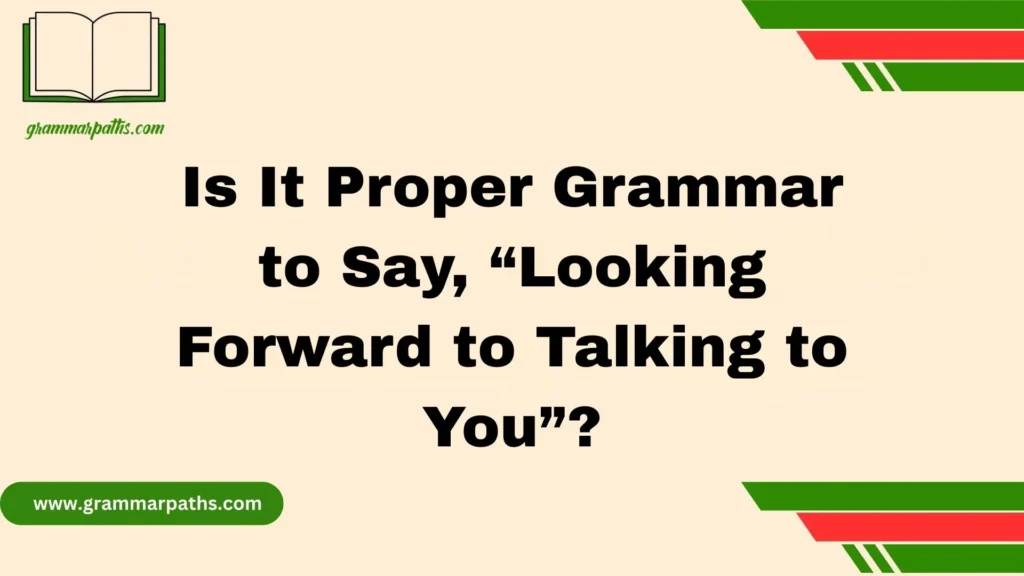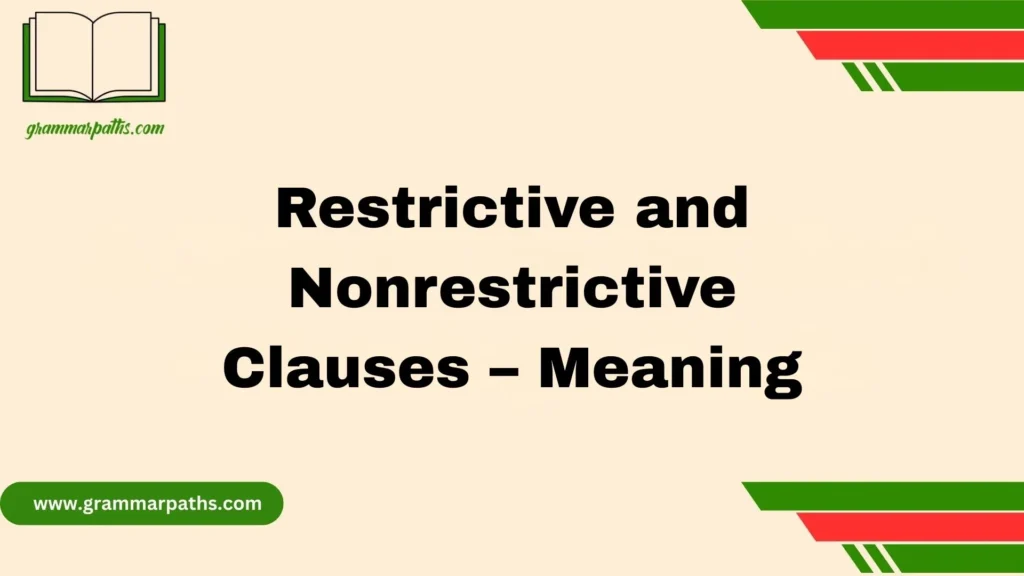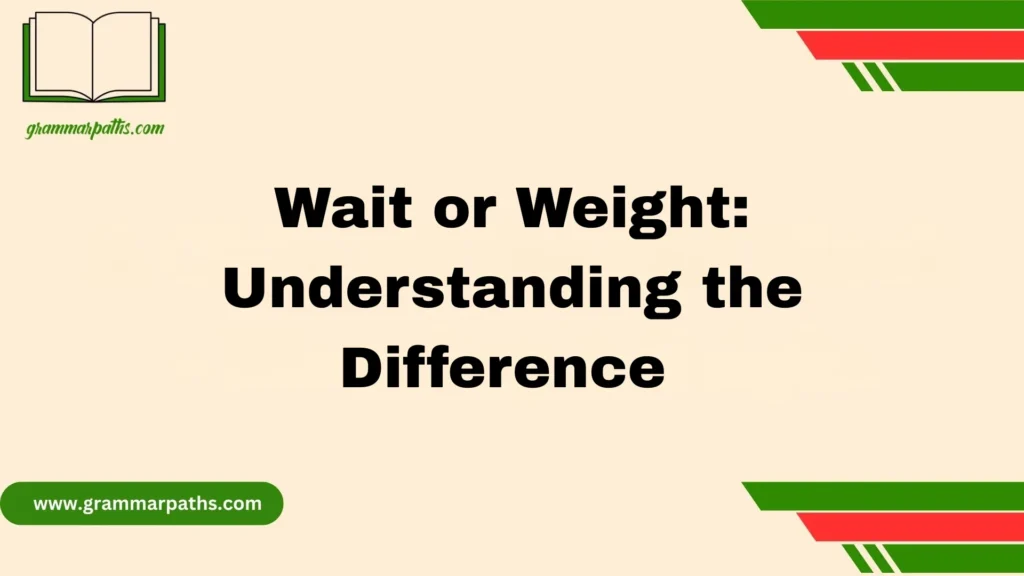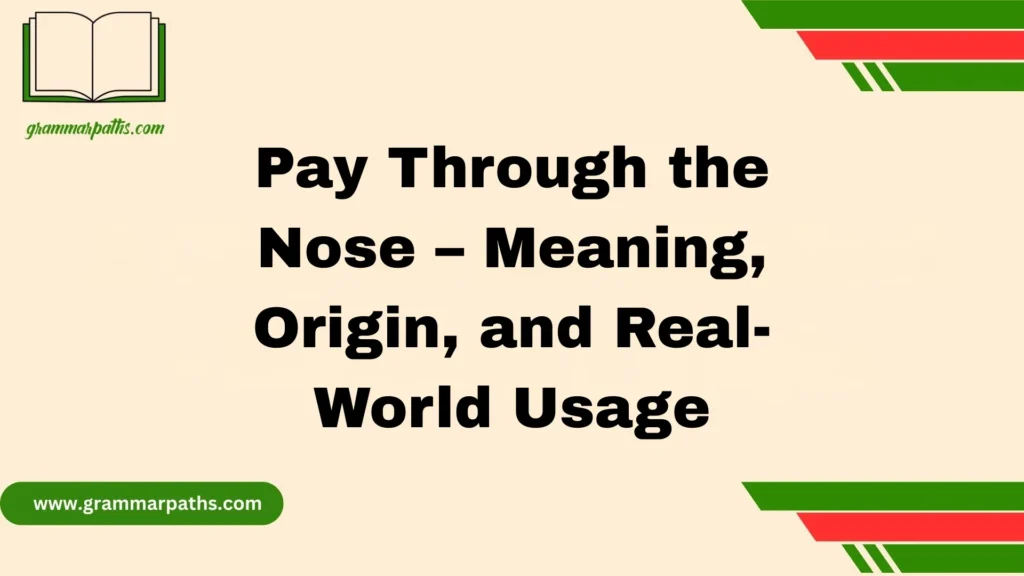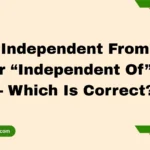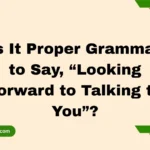When it comes to professional writing, small details in wording can make a big impact. One common area of confusion is the use of “with regard to” versus “with regards to.” While these phrases may look similar, they carry subtle differences in meaning, tone, and correctness. Understanding the right way to use them is important for maintaining clarity, professionalism, and grammatical accuracy in your communication.
The phrase “with regard to” is the standard and widely accepted form, often used in formal writing, business emails, and academic papers. It means “concerning” or “relating to” and signals a direct reference to a subject. On the other hand, “with regards to” is commonly used in casual speech but is generally seen as grammatically incorrect in formal contexts. The addition of the “s” changes the tone, making it sound more like a greeting or a closing phrase, such as “best regards.”
Knowing the distinction between these two expressions helps writers avoid common mistakes and present their ideas more effectively. In this guide, we’ll explore the difference between “with regard to” and “with regards to,” examine usage examples, and highlight which situations call for the correct form.
Why the Confusion Exists
The mix-up between “with regard to” and “with regards to” comes from everyday habits in English.
One major reason is the word “regards.” We often use it in closings like “Best regards” or “Kind regards.” Because it’s so familiar, people mistakenly slip the “s” into this phrase, assuming both forms are acceptable.
Another factor is speech versus writing. In spoken English, phrases get blurred, and small errors slip by unnoticed. Once repeated often enough in offices, classrooms, and online, they start to sound normal—even when they’re technically incorrect.
Workplace communication also fuels the problem. You’ve probably read emails where colleagues casually write “with regards to your request.” When mistakes get passed around in professional settings, they seem legitimate. Over time, incorrect forms can feel just as natural as the standard version.
The Correct Phrase: “With Regard To”
The phrase “with regard to” is the only standard and accepted form in professional English. It means “concerning,” “about,” or “in relation to.”
Example:
- “With regard to your proposal, we’ll need more details before approving it.”
Why it’s correct
- The word “regard” here means consideration, attention, or reference.
- It’s singular, not plural, because the phrase refers to a single act of attention.
- Historically, the Oxford English Dictionary traces the phrase back to the 16th century as a way to introduce topics in formal writing.
Using “with regard to” sets the right tone: formal, professional, and precise. It signals that you’re presenting information or addressing a point in a serious context.
The Wrong Variant: “With Regards To”
Adding the “s” turns the phrase into “with regards to.” While it may appear everywhere—from emails to company reports—it remains non-standard and grammatically incorrect.
Why? Because “regards” doesn’t mean the same thing as “regard.”
- Regard = consideration, reference.
- Regards = greetings, goodwill.
So when someone writes “with regards to your email,” the literal meaning becomes something like “with greetings to your email,” which makes no sense in context.
Common Misuses
- “With regards to our conversation yesterday…” (incorrect)
- “In regards to your complaint…” (incorrect)
Corrected Versions
- “With regard to our conversation yesterday…”
- “In regard to your complaint…”
Even though the incorrect form has spread widely, especially in workplace communication, it doesn’t change the fact that professional grammar guides, dictionaries, and style manuals all reject “with regards to.”
Practical Examples in Context
To see the difference clearly, let’s look at real-world examples.
Business Writing
- Correct: “With regard to the new policy, employees will need to complete the training by Friday.”
- Incorrect: “With regards to the new policy, employees will need to complete the training by Friday.”
Academic Writing
- Correct: “With regard to Shakespeare’s themes, critics have debated morality and justice for centuries.”
- Incorrect: “With regards to Shakespeare’s themes, critics have debated morality and justice for centuries.”
Job Applications
- Correct: “With regard to my qualifications, I have five years of experience in project management.”
- Incorrect: “With regards to my qualifications, I have five years of experience in project management.”
Notice how the incorrect examples feel less polished. In formal settings, that subtle slip could affect how seriously your writing is taken.
Why Correct Usage Matters
You might wonder: does this tiny “s” really matter? The truth is, it does—especially in professional and academic communication.
Here’s why:
- Credibility: Grammar mistakes, even small ones, can create doubts about your attention to detail.
- Professionalism: Employers, professors, and clients expect precision in formal writing.
- Clarity: Correct phrasing avoids distraction. Readers shouldn’t stumble over wording.
- Authority: Using standard English reinforces your expertise and seriousness.
Think of it like wearing a wrinkled shirt to a job interview. It may not ruin your chances, but it certainly doesn’t help your first impression.
Alternatives to “With Regard To”
Sometimes, “with regard to” works fine. Other times, it feels wordy. Luckily, there are plenty of alternatives that fit different tones.
Here’s a table showing replacements you can use:
| Alternative | Formality Level | Example Sentence |
| Regarding | Neutral | “Regarding your last message, I’ve attached the file.” |
| Concerning | Formal | “Concerning the report, revisions are required.” |
| About | Informal | “About what you said earlier, I think you’re right.” |
| In relation to | Formal | “In relation to the case, new evidence was submitted.” |
| As to | Formal/Neutral | “As to your suggestion, we’ll discuss it at the meeting.” |
Quick Tip
If you’re aiming for conciseness, simply use “about.” It’s shorter, natural, and works in most contexts. Reserve “with regard to” for formal situations when you need that professional polish.
Writing Tips to Avoid Misuse
Mistakes happen when we rush. Here are practical ways to ensure you always get this right:
- Self-check before sending: Replace “with regards to” with “with regard to.” If you hesitate, swap it with “about.”
- Practice rewrites: Take long sentences and shorten them using alternatives. Example:
- Wordy: “With regard to the topic we discussed, further clarification is needed.”
- Concise: “About the topic we discussed, I need more clarification.”
- Set reminders: If you often write emails, add a grammar checklist to your workflow.
- Use grammar tools carefully: Tools like Grammarly catch errors, but double-check, because they don’t always explain the reasoning.
Common Questions & Misconceptions
Is “with regards to” ever acceptable?
No. While common in informal emails, it isn’t standard English.
What about “in regards to”?
Same issue. The plural “regards” makes it incorrect. The correct phrase is “in regard to.”
Can “regards” ever be correct?
Yes—in closings like “Best regards” or “Kind regards.” That’s a completely different usage.
Do native speakers care about this difference?
Yes, especially in professional environments. Employers, editors, and professors notice subtle grammar errors. It might not matter in casual chats, but in resumes, contracts, or reports, it certainly does.
Quick Reference Table
| Phrase | Correct/Incorrect | Formality Level | Example Usage |
| With regard to | ✅ Correct | Formal | “With regard to your request…” |
| With regards to | ❌ Incorrect | — | (Avoid) |
| In regard to | ✅ Correct | Formal | “In regard to yesterday’s call” |
| Regarding | ✅ Correct | Neutral | “Regarding your application…” |
| About | ✅ Correct | Informal | “About what you said earlier…” |
Conclusion
When comparing “with regard to” and “with regards to,” the difference may seem minor, but it matters in effective communication. The correct and formal usage is “with regard to,” especially in business writing, academic work, and professional emails. Meanwhile, “with regards to” is often considered incorrect in these contexts, though it appears in casual speech. By understanding the correct phrase and applying it properly, you can improve your grammar, clarity, and professionalism.
FAQs
Q1: Is “with regards to” always wrong?
Not always. While it is widely considered incorrect in formal writing, people use it informally in conversation.
Q2: Which is better for professional emails—“with regard to” or “with regards to”?
The correct choice is “with regard to.” It ensures professionalism and accuracy.
Q3: Can I replace “with regard to” with another phrase?
Yes. You can use alternatives like “concerning,” “regarding,” “in relation to,” or “about.”
Q4: Why do people say “with regards to” if it’s wrong?
It’s a common error influenced by the phrase “best regards,” often used as a closing in letters and emails.
Q5: Is “regards” ever correct in grammar?
Yes. “Regards” is correct when used in greetings or closings, such as “Kind regards” or “Best regards.”

Grace Marie is the dedicated writer behind GrammarPaths.com, where she shares her passion for English grammar, idioms, and writing mastery. With a strong background in language studies and years of experience helping learners improve their communication skills, Grace creates clear, practical, and engaging content that makes English easy to understand.
